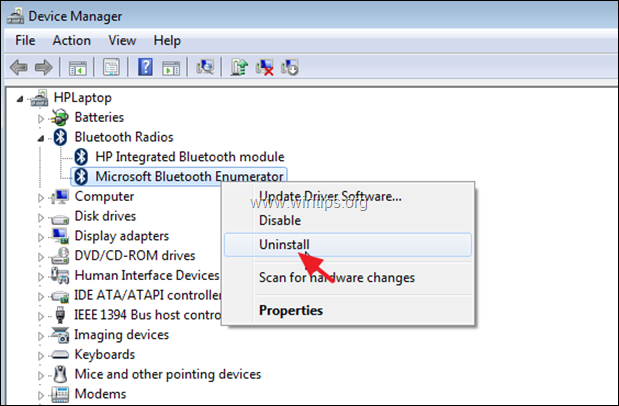
enumerator BT_HIDS_CP_EVT_HOST_EXIT_SUSP Įxit suspend command received. Values: enumerator BT_HIDS_CP_EVT_HOST_SUSP enumerator BT_HIDS_PM_EVT_REPORT_MODE_ENTERED Values: enumerator BT_HIDS_PM_EVT_BOOT_MODE_ENTERED īoot mode entered. enumerator BT_HIDS_CONTROL_POINT_EXIT_SUSPEND Įxit suspend value for Control Point.

Values: enumerator BT_HIDS_CONTROL_POINT_SUSPEND enumerator BT_HIDS_NORMALLY_CONNECTABLE ĭevice advertises when bonded but not connected. enumerator BT_HIDS_REPORT_TYPE_FEATURE ĭevice is capable of sending a wake-signal to a host. Values: enumerator BT_HIDS_REPORT_TYPE_RESERVED Report types as defined in the Report Reference Characteristic descriptor. Possible values for the Protocol Mode Characteristic value.īoot protocol. Part of the report is not to be stored as a characteristic value. You canĬonfigure a relevant mask for a report to specify which The differential data part of the report by using the GATT Read Request on itsĬharacteristic. The HID device, the client should not be able to get any non-zero value from Should only be interpreted once by the HID host.

Mouse movement data represents the position change along the X or Y axis and One example of such a report type is a mouse report. The HIDS module can consist of reports that are used to transmit differentialĭata. While sending notifications, the userĬan also target a specific client by providing the connection instance Is then used to store the values of HIDS characteristics. Server allocates context data for each connected client.

The HIDS module is able to handle multiple connected peers at the same time. Stack automatically notifies connected peers about the changed service. Service structure, and initialize a new instance.

Uninitialize the currently used HIDS instance, prepare a new description of the You can change the structure of the HID Service dynamically, evenĭuring an ongoing connection, by using the Service Changed feature that is


 0 kommentar(er)
0 kommentar(er)
